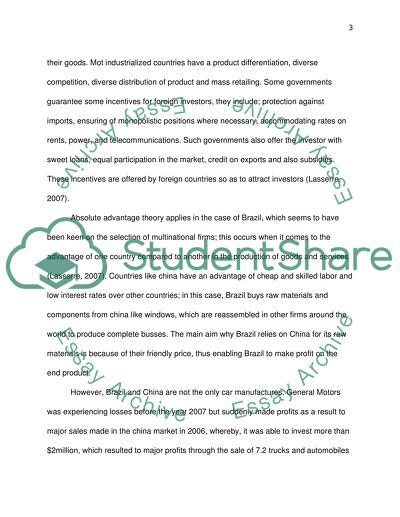Cite this document
(“International business strategy case Essay Example | Topics and Well Written Essays - 1500 words”, n.d.)
Retrieved from https://studentshare.org/environmental-studies/1416819-international-business-strategy-case
Retrieved from https://studentshare.org/environmental-studies/1416819-international-business-strategy-case
(International Business Strategy Case Essay Example | Topics and Well Written Essays - 1500 Words)
https://studentshare.org/environmental-studies/1416819-international-business-strategy-case.
https://studentshare.org/environmental-studies/1416819-international-business-strategy-case.
“International Business Strategy Case Essay Example | Topics and Well Written Essays - 1500 Words”, n.d. https://studentshare.org/environmental-studies/1416819-international-business-strategy-case.


